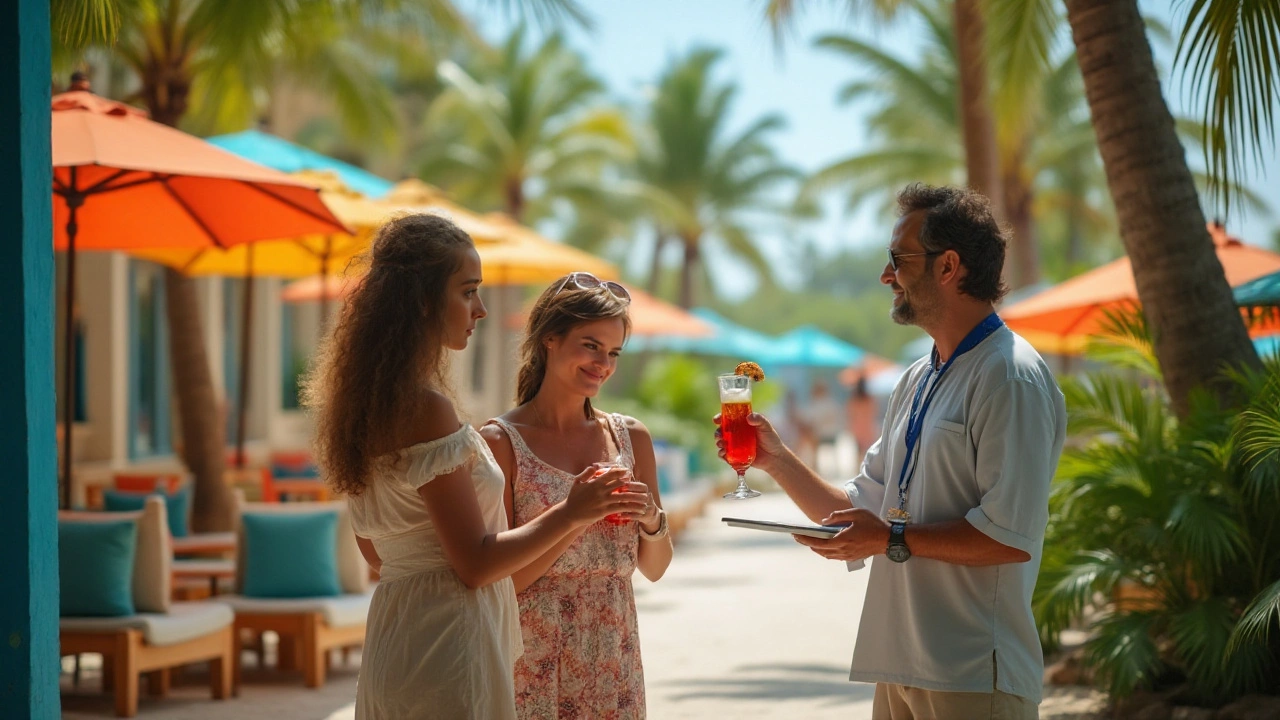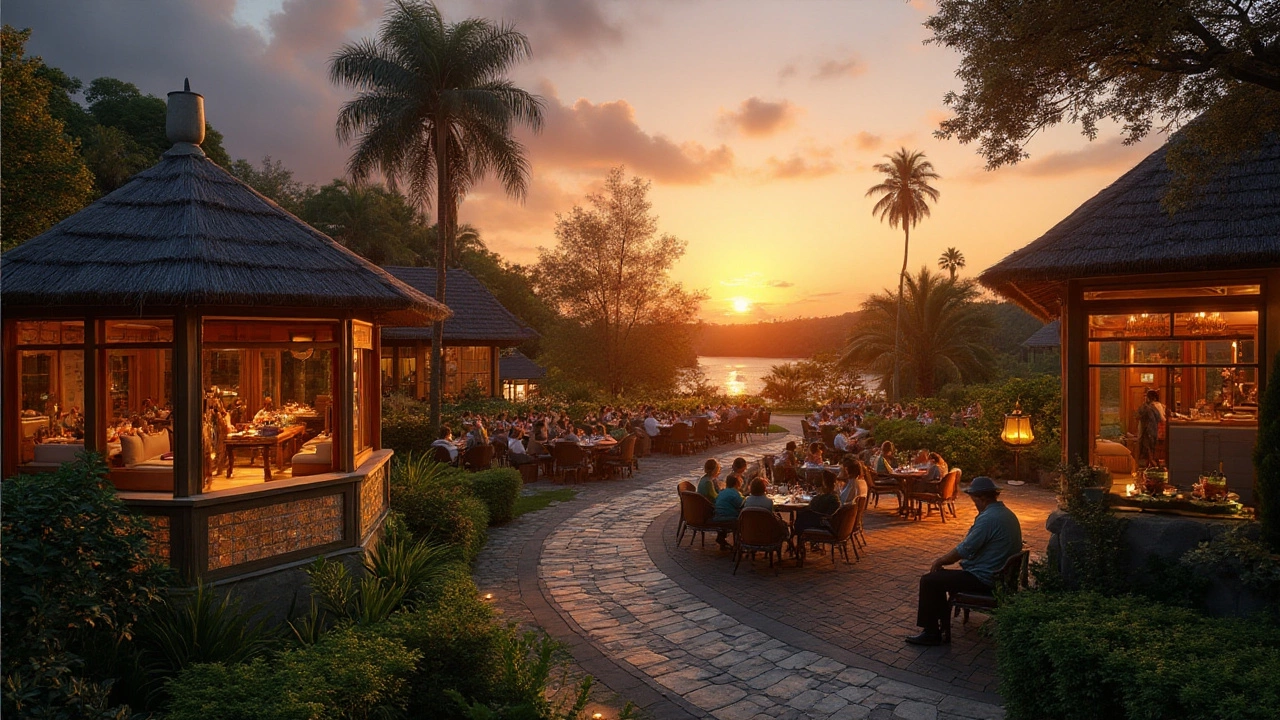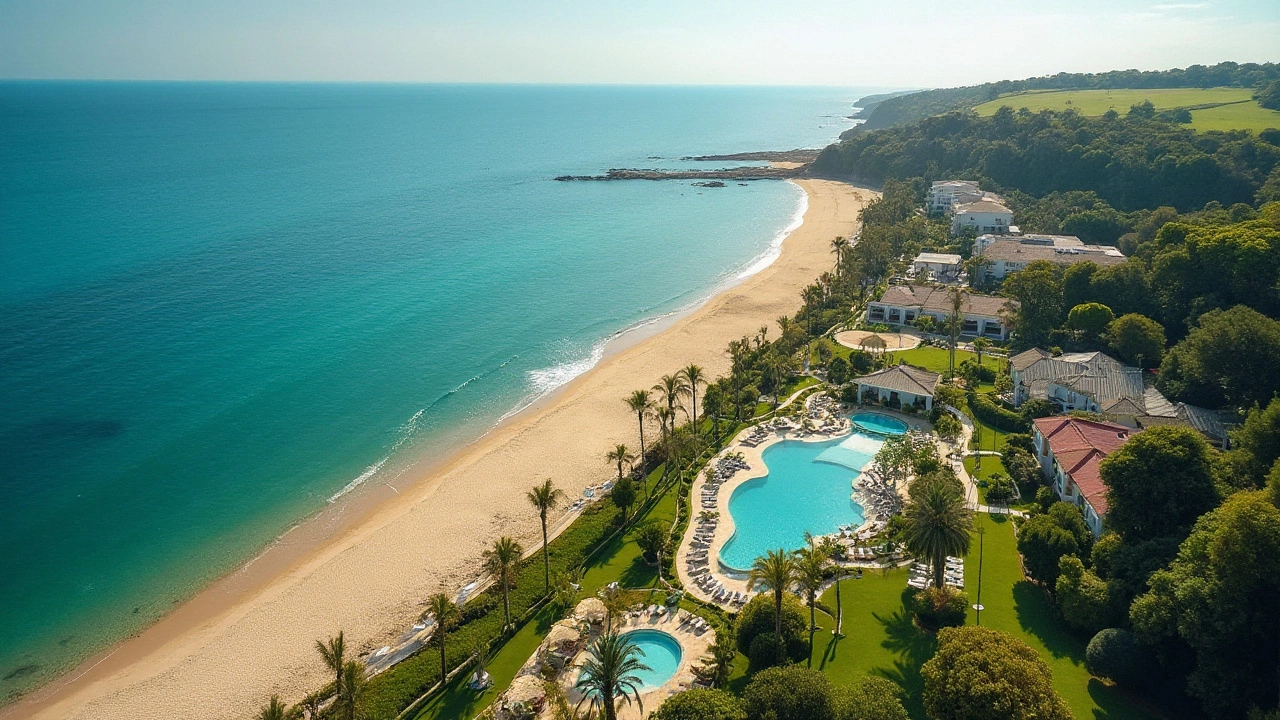All Inclusive Resorts – What You Get and How to Make the Most of Them
Thinking about booking an all inclusive resort but not sure what the term really means? You’re not alone. Many travelers picture endless buffets and free drinks, but the details can vary a lot from one property to another. Knowing what’s usually covered, where hidden fees hide, and how to choose the right resort can save you both money and disappointment.
What’s Typically Included?
Most all inclusive resorts bundle three main things: accommodation, food & drinks, and activities. Your room is covered, so you don’t pay nightly rates on top of the package price. Meals usually span breakfast, lunch, dinner, and sometimes late‑night snacks – most of the time you’ll eat at the main restaurant or a buffet. Alcoholic drinks are a gray area: some resorts let you sip cocktails, wine, and beer all day, while others limit you to house wines or charge for premium brands. Activities can range from poolside games and fitness classes to organized tours, snorkeling, or even water slides. Always check the resort’s brochure – the fine print tells you whether scuba gear, airport transfers, or spa treatments are extra.
How Do Prices Break Down?
All inclusive rates are often presented as a single price per night, but that number includes several cost layers. First, the resort’s location drives the base price – a beachfront property in the Caribbean will cost more than a mountain lodge in the UK. Second, the season matters: peak summer weeks can be double the price of off‑season stays. Third, the level of luxury matters – a five‑star resort with a concierge service will charge more than a three‑star family‑friendly resort. Finally, optional extras like premium drinks, private tours, or upgraded rooms add to the total if you choose them. To get a realistic sense of cost, add a small buffer (around 10‑15%) for those add‑ons.
One quick tip: look for “all inclusive plus” or “premium all inclusive” labels. These usually flag a higher‑end package that includes things most basic plans leave out, like unlimited top‑shelf alcohol, private beach cabanas, or daily room service. If those perks matter to you, the higher price may actually be a better value.
When you compare resorts, use a simple spreadsheet. List the nightly rate, what meals are covered, drink policy, activity list, and any noted extras. Then rank what matters most to you – maybe you care more about gourmet dining than water sports. This side‑by‑side view makes it easy to spot the best fit without getting lost in marketing hype.
Don’t forget to check travel insurance policies. Some insurers treat all inclusive packages as a single purchase, meaning if the resort closes unexpectedly you could lose the whole amount. Look for policies that cover “package holidays” and specifically mention all inclusive bookings.
Finally, remember that the best all inclusive experience isn’t just about the price tag. It’s about how well the resort’s offering matches your vacation style. If you love lounging by the pool and snacking on unlimited buffets, a family‑oriented resort in Spain might be perfect. If you crave adventure, a Caribbean resort with free scuba dives and guided hikes will feel worth the extra cost.
Armed with this checklist, you can book confidently, avoid surprise fees, and focus on the real reason you chose an all inclusive resort: a hassle‑free, relaxing getaway where everything you need is already taken care of.











